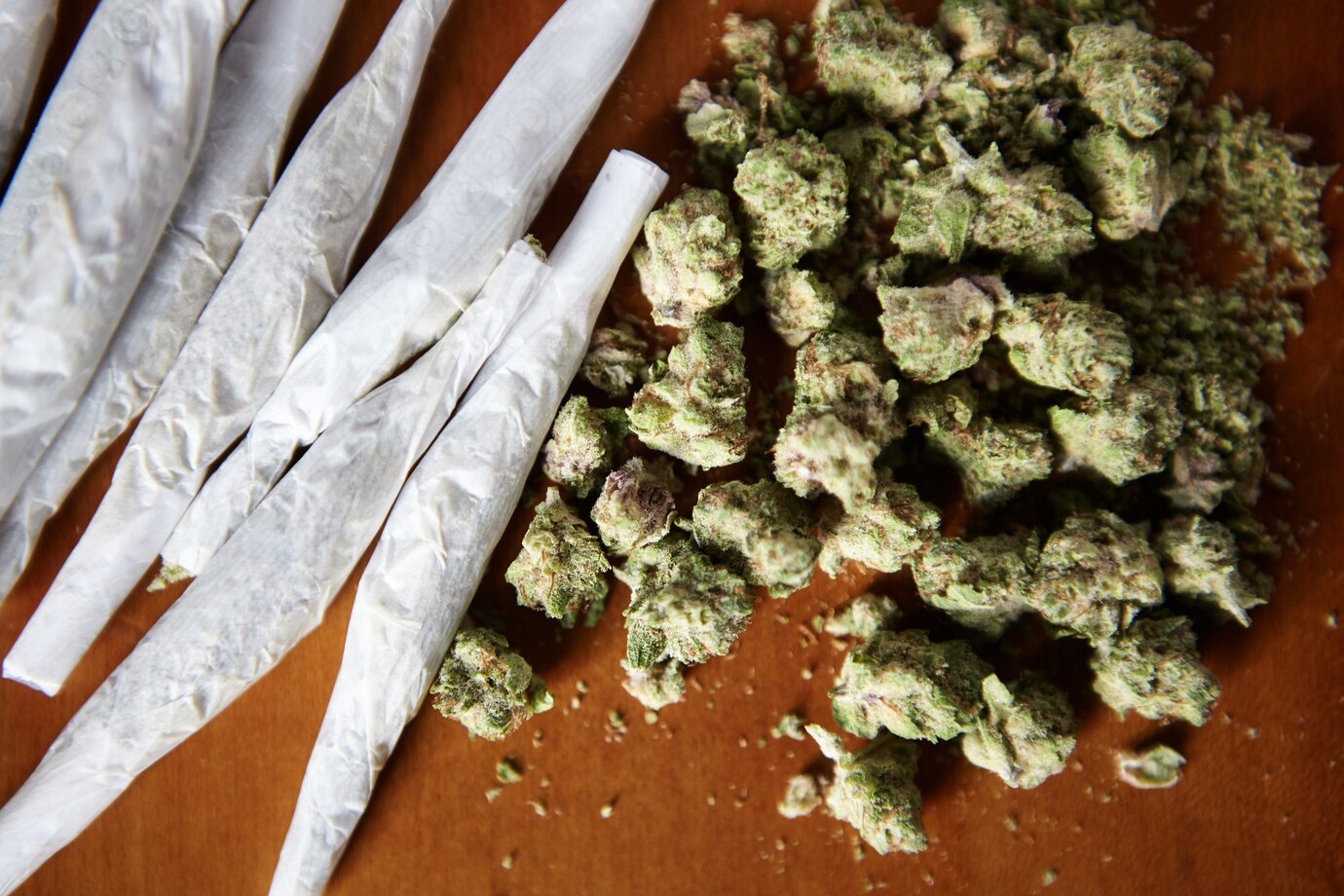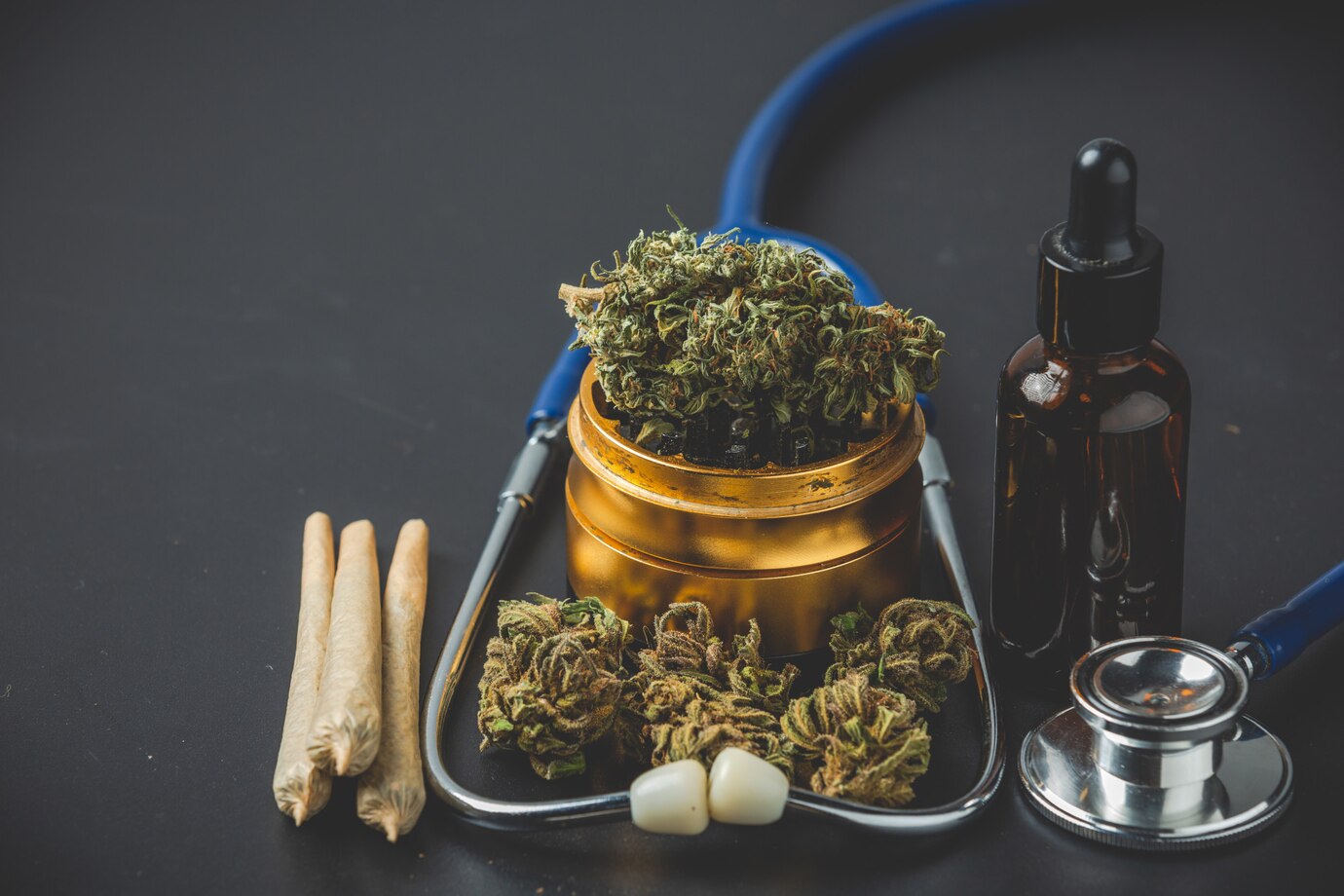
The debate surrounding marijuana use has long been a contentious topic, weaving through various dimensions of legality, morality, and health. With increasing global movements towards the legalization and decriminalization of cannabis, understanding the different spectrums of its usage has become more crucial than ever. Among these spectrums lies the concept of 'casual marijuana use', a term that carries both ambiguity and varied interpretations in our society.
Casual marijuana use can be broadly defined as the infrequent or non-habitual consumption of cannabis, primarily for leisure or social purposes, without the intent to alleviate medical conditions. This definition, however, is not set in stone and can vary significantly based on cultural, social, and individual perspectives.
Unlike chronic or habitual use, casual use is typically characterized by an absence of dependency and a low risk of long-term adverse health effects. However, the thin line between casual and habitual use often leads to diverse and sometimes conflicting views on the matter.
History of Marijuana Usage
Marijuana, also known as cannabis, has a long and varied history, stretching back thousands of years. Historically, it was used for medicinal, spiritual, and recreational purposes in many different cultures. Ancient texts from India mention it in the context of both ritual and recreational use as early as 2000 to 1400 BCE. In China, cannabis was used for its medicinal properties as early as 2737 BCE. Its use then spread to the Middle East, Africa, and eventually to Europe and the Americas. In many of these cultures, marijuana was not merely a substance to be consumed; it was often an integral part of religious and cultural rituals.
The evolution of societal attitudes towards marijuana has been markedly dynamic, especially in the 20th and 21st centuries. For much of the early 1900s, cannabis was legal in most parts of the world. The perception began to shift in the early 20th century, when various countries started to regulate its use. The United States, for example, effectively banned it with the Marihuana Tax Act of 1937. This was largely due to rising concerns about the potential harmful effects of its use, often fueled by racial and political factors.

The late 20th century saw a gradual shift in this perspective, especially in the context of medical marijuana. Scientific research began to uncover its potential therapeutic benefits, leading to a softened stance on its use. This change was most noticeable in the 1990s, when several U.S. states started to legalize medical marijuana. This period also witnessed a growing movement to decriminalize and even legalize cannabis for recreational use, a trend that gained significant momentum in the 2000s.
Legalization trends have had a profound impact on societal perception. Countries like Canada, Uruguay, and several U.S. states have legalized recreational marijuana, leading to a more open discussion about its use and effects. This shift in legal status has not only altered public perception, making the use of marijuana more socially acceptable, but has also spurred scientific research into its effects and potential benefits. As laws continue to evolve, so too does the understanding of what it means to be a user of marijuana, whether casual or otherwise, in the modern context.
Understanding Casual Use of Marijuana
The concept of 'casual use' of marijuana, while frequently discussed, lacks a universally accepted definition, largely due to its subjective nature and varying societal and cultural norms. Generally, casual use is characterized by infrequent and non-dependent consumption of cannabis, primarily for recreational or social purposes. This type of use is typically distinguished by the absence of a compulsion to use, minimal or no tolerance development, and a lack of significant interference with one's daily responsibilities and social functions.
To further delineate, casual marijuana use can be contrasted with medical and chronic use. Medical use is defined by the consumption of cannabis, often prescribed or recommended by a healthcare professional, for treating or alleviating the symptoms of medical conditions. This use is governed by medical guidance, dosage regulations, and specific therapeutic objectives.
Chronic use, on the other hand, is marked by frequent and habitual consumption, often leading to a high tolerance and physical or psychological dependence. Chronic users may find that marijuana consumption becomes a central part of their daily routine, potentially leading to negative impacts on their health, social life, or occupational responsibilities.
The distinction between these categories, however, is not always clear-cut. The frequency, quantity, and intent behind marijuana use can vary greatly among individuals, leading to a spectrum rather than distinct categories. Societal and cultural factors play a significant role in shaping these definitions. In some cultures, what is considered casual use might be seen as excessive in others. Attitudes towards marijuana use are influenced by a variety of factors, including historical context, legal status, religious beliefs, and social norms.
Moreover, the evolving legal landscape regarding marijuana use has influenced the perception of casual use. In regions where marijuana is legalized or decriminalized, there tends to be a more relaxed attitude towards casual use, seeing it as akin to casual alcohol consumption. Conversely, in areas where marijuana remains illegal, any use might be viewed more critically, blurring the lines between casual and problematic use.
These factors highlight the complexity in defining and understanding casual marijuana use. It's a concept that is fluid, context-dependent, and influenced by a multitude of societal, cultural, and individual factors. As the global perspective on marijuana continues to evolve, so too will the definitions and understanding of its casual use.
Medical Perspective on Marijuana Use
The medical effects of marijuana, derived from the Cannabis sativa plant, are primarily due to its active compounds, cannabinoids, the most notable of which are tetrahydrocannabinol (THC) and cannabidiol (CBD). THC is known for its psychoactive effects, while CBD is associated with therapeutic effects without causing a "high." Medically, marijuana has been found to be effective in pain management, especially chronic pain, and in alleviating symptoms of multiple sclerosis, epilepsy, and nausea induced by chemotherapy.

However, the medical community remains cautious, especially regarding the possibilities of dependence and addiction. Regular and heavy use of marijuana can lead to marijuana use disorder, which takes the form of addiction in severe cases. Dependence is characterized by withdrawal symptoms when not using the drug, while addiction is a more severe and compulsive form of dependence that can lead to significant impairment in daily life. It's estimated that about 9% of marijuana users become dependent on it, with the risk increasing to about 17% for those who start using in their teens.
Medical studies have made distinctions between casual and chronic use of marijuana. Chronic use, particularly when initiated at a young age, is associated with risks such as impaired memory, learning difficulties, and diminished cognitive functioning. It can also lead to respiratory issues if smoked, and there is evidence suggesting potential mental health impacts, including exacerbating symptoms in individuals with schizophrenia or other psychoses.
Conversely, casual use of marijuana appears to have a significantly lower risk profile. Occasional users generally do not experience the persistent cognitive and behavioral issues seen in chronic users. However, even casual use is not without risks. It can impair short-term memory, alter judgment, and impact motor coordination, which is particularly concerning in activities like driving.
The potential health benefits of casual marijuana use are a subject of ongoing research. Some studies suggest benefits such as reduced anxiety, improved sleep, and temporary relief from stress. However, these findings are not universally accepted, and the medical community generally advocates for a cautious approach to any level of marijuana use.
Psychological Aspects of Marijuana Use
The psychological effects of marijuana are as varied as they are complex, influenced by factors such as the individual's psychology, the social setting of use, and the specific chemical composition of the cannabis consumed. Primarily, the psychoactive component THC is responsible for the "high" associated with marijuana use, which can include feelings of euphoria, relaxation, altered sensory perception, and in some cases, anxiety or paranoia.
One of the central psychological concerns surrounding marijuana use is the potential for addiction and habit formation. While not all users develop dependency, a subset of users may find themselves in a pattern of regular use, driven by a psychological need. This habit formation is often linked to the brain's reward system. Regular use of marijuana can alter the brain's dopamine reward pathways, leading to a reduction in the natural production of dopamine. This alteration can lead to a reliance on marijuana to stimulate these pleasure centers, contributing to the cycle of addiction.

Understanding the psychological underpinnings of marijuana addiction also involves recognizing the factors that predispose individuals to dependency. These can include genetic predisposition, environmental factors, and existing mental health conditions. For instance, individuals with a history of anxiety or depression may use marijuana as a form of self-medication, potentially leading to a dependency.
Conversely, many users report positive psychological effects, particularly in the context of stress relief and recreational enjoyment. Marijuana is often cited for its ability to reduce anxiety and stress, promote relaxation, and enhance mood. This can be particularly appealing in a recreational setting, where the altered perceptions and sensations induced by marijuana can enhance social interactions and leisure activities.
However, it is crucial to balance these perceived benefits with potential risks. In some individuals, marijuana use can exacerbate anxiety, lead to paranoia, or trigger latent or existing mental health issues. The psychological impact is highly individual, and what may serve as a form of relaxation for one person could be a source of psychological distress for another.
Sociological and Legal Implications of Marijuana
The sociological and legal landscape of marijuana use varies significantly across different regions, reflecting a diverse array of cultural, legal, and social attitudes. Globally, the legal status of marijuana ranges from complete prohibition to full legalization, with many variations in between.
In some countries, like Uruguay and Canada, marijuana is legal for both medicinal and recreational use, reflecting a significant shift in societal attitudes. In the United States, the legal status varies by state, with some states allowing recreational use and others permitting only medical use or maintaining full prohibition. In contrast, many countries, particularly in Asia and the Middle East, uphold strict anti-marijuana laws with severe penalties for possession and use.
These legal disparities are often mirrored in societal attitudes and stigma associated with marijuana use. In regions where marijuana is illegal, its use is often heavily stigmatized, sometimes viewed as a moral failing or associated with criminal behavior. This stigma can affect various aspects of life, including employment, social relationships, and interactions with law enforcement.
Conversely, in regions where marijuana has been decriminalized or legalized, there is often a noticeable shift in societal attitudes. The stigma surrounding marijuana use tends to diminish, and its use becomes more normalized, akin to alcohol consumption. This normalization has led to an increase in public discussions about responsible use, health implications, and the potential benefits and risks of marijuana.
The impact of legalization on the perception of casual use is particularly noteworthy. Legalization often brings regulatory frameworks for the sale and consumption of marijuana, along with public education campaigns and research initiatives. These developments can lead to a more informed public, with a clearer understanding of what constitutes responsible, casual use. Moreover, legalization can lead to a decrease in the illicit market, potentially making marijuana use safer by ensuring product quality and reducing the risks associated with illegal drug transactions.
Challenges in Defining and Identifying Casual Use of Marijuana
Defining and identifying casual marijuana use presents several challenges, mainly due to the variability in individual tolerance and usage patterns, along with legal and medical complexities.
Individual tolerance to marijuana can vary significantly, influenced by factors such as genetics, frequency of use, and even the method of consumption. For instance, a small amount consumed by a novice user may have a profound effect, whereas a regular user might require more to achieve similar effects. This variability makes it difficult to establish a one-size-fits-all definition of what constitutes 'casual' use.

From a legal and medical standpoint, categorizing marijuana use is equally challenging. Legally, the distinction between casual and habitual use can have significant implications, especially in regions where marijuana is not fully legalized. Medical professionals also grapple with these definitions, particularly when considering recommendations for medical marijuana and assessing potential risks for recreational users.
Perhaps the most significant challenge lies in the blurred line between casual and habitual use. Casual use can, over time and under certain circumstances, evolve into habitual use, a transition that may go unnoticed by the individual. This shift can lead to increased tolerance, potential dependence, and a higher risk of experiencing negative health consequences.
Be a Casual Marijuana User. Shop at Pro Cannabis
It is clear that there is such a thing as a casual marijuana user, characterized by infrequent and non-dependent use. However, this definition is fluid and highly subjective, influenced by cultural, legal, and personal factors. The future of marijuana perception and usage patterns seems to be heading towards greater normalization and acceptance, particularly in regions where legalization and decriminalization are progressing.
In line with these evolving perspectives, Pro Cannabis is committed to providing high-quality cannabis products, ensuring that our clients have access to the best possible goods at the most affordable prices. Our range includes a variety of cannabinoids and derivatives like CBD, THC, and various Delta compounds, all sourced directly from reputable manufacturers. Each product we offer is compliant with legal standards and has undergone third-party testing to guarantee its quality and authenticity.
At Pro Cannabis, we understand the importance of informed and responsible use. We encourage our customers to explore our diverse selection, confident in the knowledge that they are choosing from the finest, most trustworthy products available. Whether you're a casual user or exploring cannabis for its medicinal benefits, Pro Cannabis is your trusted partner in navigating this evolving landscape.

